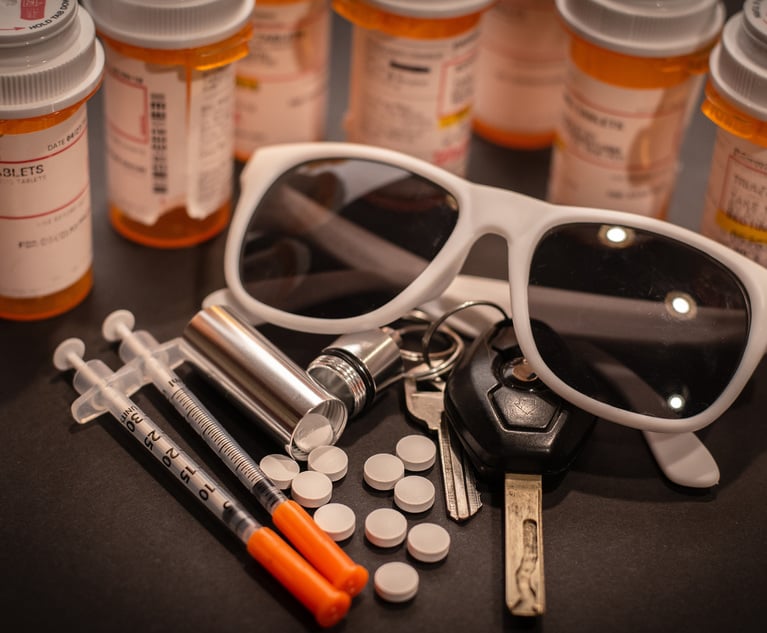NU Online News Service, Oct. 31, 12:41 p.m.EDT
|The Occupy Wall Street movement, which is ongoing and has nowspread to a number of cities across the United States, will testboth public and private entities when claims start rolling in,according to a risk-management expert.
|While most cities are accustomed to demonstrations, they may notbe prepared for an ongoing movement like OWS, says Lori Seidenberg,a member of the Risk and Insurance Management Society's board ofdirectors, serving as board liaison to the society's Standards& Practices Committee.
|“Something like this could not have been anticipated by any riskmanager,” Seidenberg says. “I know there is always a chance of agathering in a park, but I don't think a prolonged occupation wason anybody's radar.”
|Seidenberg, also vice president of enterprise risk managementfor Centerline Capital Group in Manhattan, notes that while theperception is that Zuccotti park is a public space, it is owned bya private organization. “I can't think that even they thought thiswould happen,” she says, pointing out that at any time, “theprivate owners can technically pull the plug on this.”
|The reason they haven't, she says, is that the owners don't wanta negative outcome, or appear to be unsympathetic to occupiers,“even though it's causing them a lot of grief.”
|As well as impacting the park itself, she says the protest has abig impact on local businesses. For example, even though portablejohns are set up, there are not enough of them, meaning thatprotesters frequently request the use the facilities of nearbybusinesses.
|This creates more potential for injuries on their premises andfor loss of income, she says, adding, “I know a lot of businessesdown there are hurting because the usual Wall St. regulars who eatin the restaurants are staying away. So they have contingentbusiness-interruption loss.”
|But even though they may be losing money, their loss of businessis something that most likely would not be covered by theirinsurance policies, she explains, as the loss is not the result ofgovernment or civil authority.
|“I think this is going to challenge some coverages, if peoplecan't get to the area or choose not to go there, or if it gets sobad that the city closes the park for health reasons. There is alot of gray area in coverage and it should be interesting to seewhat the carriers decide,” she says.
|And with potential liability issues, Seidenberg says there aremore gray areas. Should someone be injured, such as a demonstrator,area employee or resident, “it is a privately owned park, so youwould think the first recourse would be against the park owners,but definitely the city is involved.” She wonders if there is anindemnity agreement between the city and the park to providecoverage or pick up any claims made by the public.
|Another consideration is that if a protester is injured onanother person's property, would the park owner be liable for thatas well?
|And if the occupiers are injured, but are there voluntarily, canthey be held responsible for their own actions, or would they beable to follow the letter of the law and sue the property'sowner?
|“Usually the intention of general liability isto cover accidental things that policyholders are responsible for,”Seidenberg says. “And you have to prove some level of negligence aswell. But if this is something that can't be anticipated, then youcan't really establish negligent or sudden and accidental.”
|If sued, would the park owner in turn be able to sue thecity?
|“I definitely think there is going to be subrogation potentialand they will pursue subrogation to recoup costs—not just forlawsuits, but to maintain the park, and after they leave, to cleanit up,” she says, noting that the OWS site has become a tent cityconsisting of a medical tent, media tent, food tent and more.
|She adds that some local residents are also having difficulties.“I've heard of cases where the protesters have damaged personalproperty. I also understand there have been confrontations [betweenprotesters and local residents],” she says.
|Public workers also are at risk. “The police who are there arebeing subjected to things day after day. Their public health andsafety is in question,” she says.
|“I think you'll start to see lawsuits coming from the peopleoccupying Wall St. as well, and at what point do you determineliability?” she asks. “Is it something they caused themselves orwas there an expectation that the police would protect them fromcertain things?”
Want to continue reading?
Become a Free PropertyCasualty360 Digital Reader
Your access to unlimited PropertyCasualty360 content isn’t changing.
Once you are an ALM digital member, you’ll receive:
- All PropertyCasualty360.com news coverage, best practices, and in-depth analysis.
- Educational webcasts, resources from industry leaders, and informative newsletters.
- Other award-winning websites including BenefitsPRO.com and ThinkAdvisor.com.
Already have an account? Sign In
© 2024 ALM Global, LLC, All Rights Reserved. Request academic re-use from www.copyright.com. All other uses, submit a request to [email protected]. For more information visit Asset & Logo Licensing.








